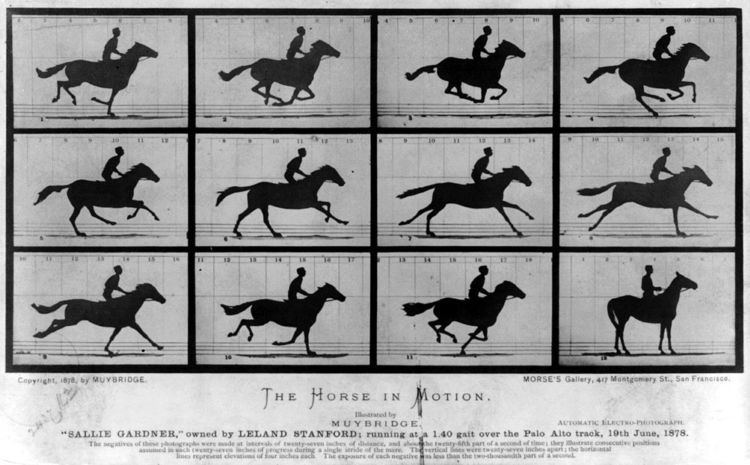 | ||
A cursorial organism is one that is adapted specifically to run. There are different ways of distinguishing cursorial organisms; for example, they can be distinguished by feeding habits so that a horse is a cursorial grazer and a wolf a cursorial predator. Cursorial organisms are typically adapted to long-distance running at high speeds, rather than animals with high acceleration over short distances; thus, a leopard is considered cursorial, while a cheetah is not. Among vertebrates, animals under 1 kg of mass are rarely considered cursorial, as they typically move in a series of short bursts rather than at a constant speed. All extant cursorial vertebrates are endothermic, allowing high metabolic rates and high endurance, though it is possible some extinct species were ectothermic.
Contents
- Locomotion of terrestrial vertebrates
- Locomotion of spiders
- Cursorial taxa
- In evolutionary theory
- References
Some species of spiders are also considered cursorial, as they walk much of the day, looking for prey.
Locomotion of terrestrial vertebrates
Adaptations for cursorial locomotion include:
Locomotion of spiders
Spiders maintain balance when walking, so that legs 1 and 3 on one side and 2 and 4 on the other side are moving, while the other four legs are on the surface. To run faster, spiders increase their stride frequency.
Cursorial taxa
Several notable taxa are cursorial, including some mammals (such as wolverines, wolves, cheetahs (but see above, where cheetahs are specifically NOT considered 'cursorial'), ungulates, agoutis, and kangaroos) and birds (such as the ostrich), as well as some dinosaurs (such as theropods, and Heterodontosauridae). Several extinct archosaurs were also cursorial, including the crocodylomorphs Pristichampsus, Hesperosuchus, and several genera within Notosuchia.
Jumping spiders and other non-web based spiders generally walk throughout the day, so that they maximize their chances of a catch, and web-based spiders run away if threatened.
In evolutionary theory
The presumed cursorial nature of theropod dinosaurs is an important part of the ground-up theory of the evolution of bird flight (also called the Cursorial theory), a theory that contrasts with the idea that birds' pre-flight ancestors were arboreal species and puts forth that the flight apparatus may have been adapted to improve hunting by lengthening leaps and improving maneuverability.
